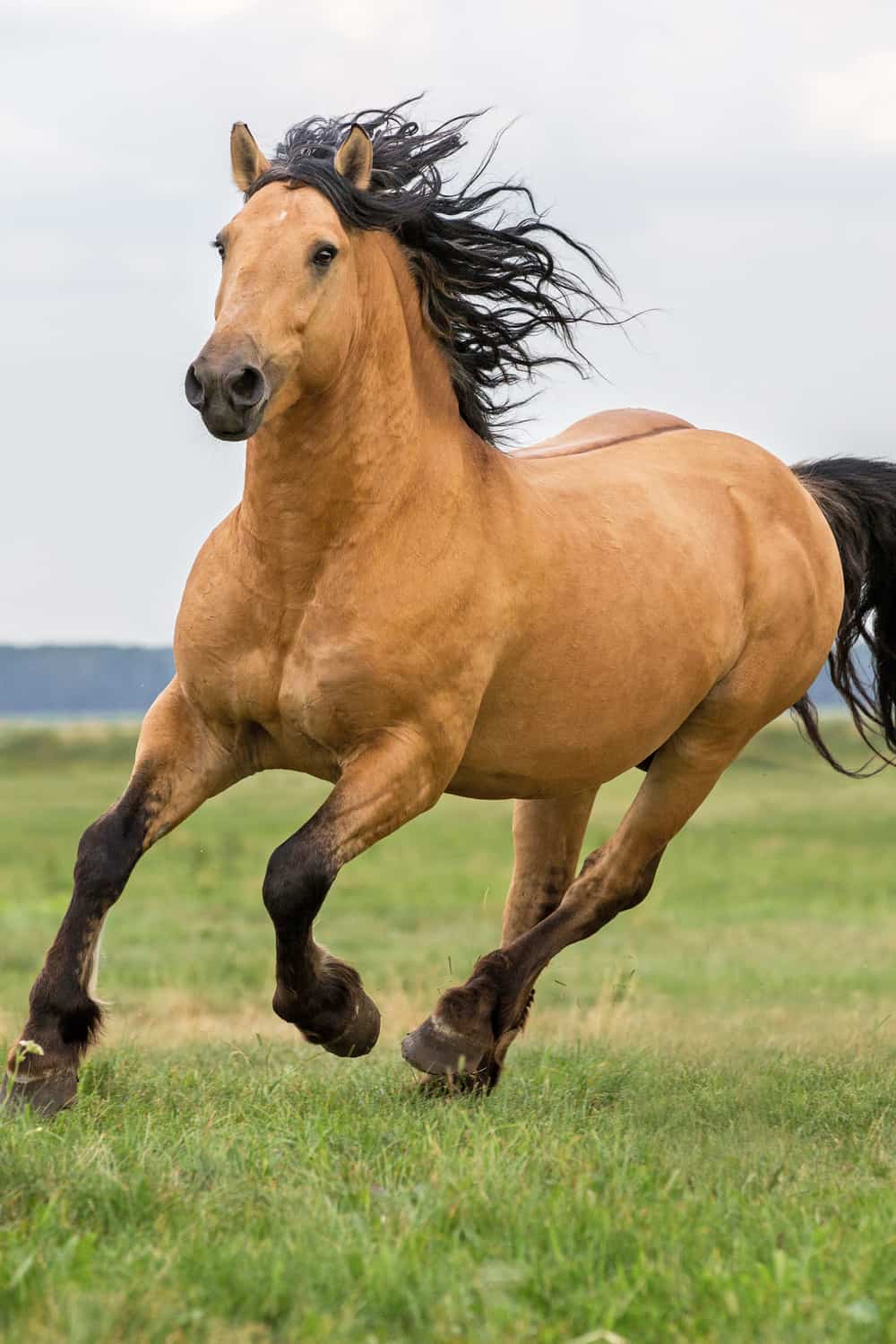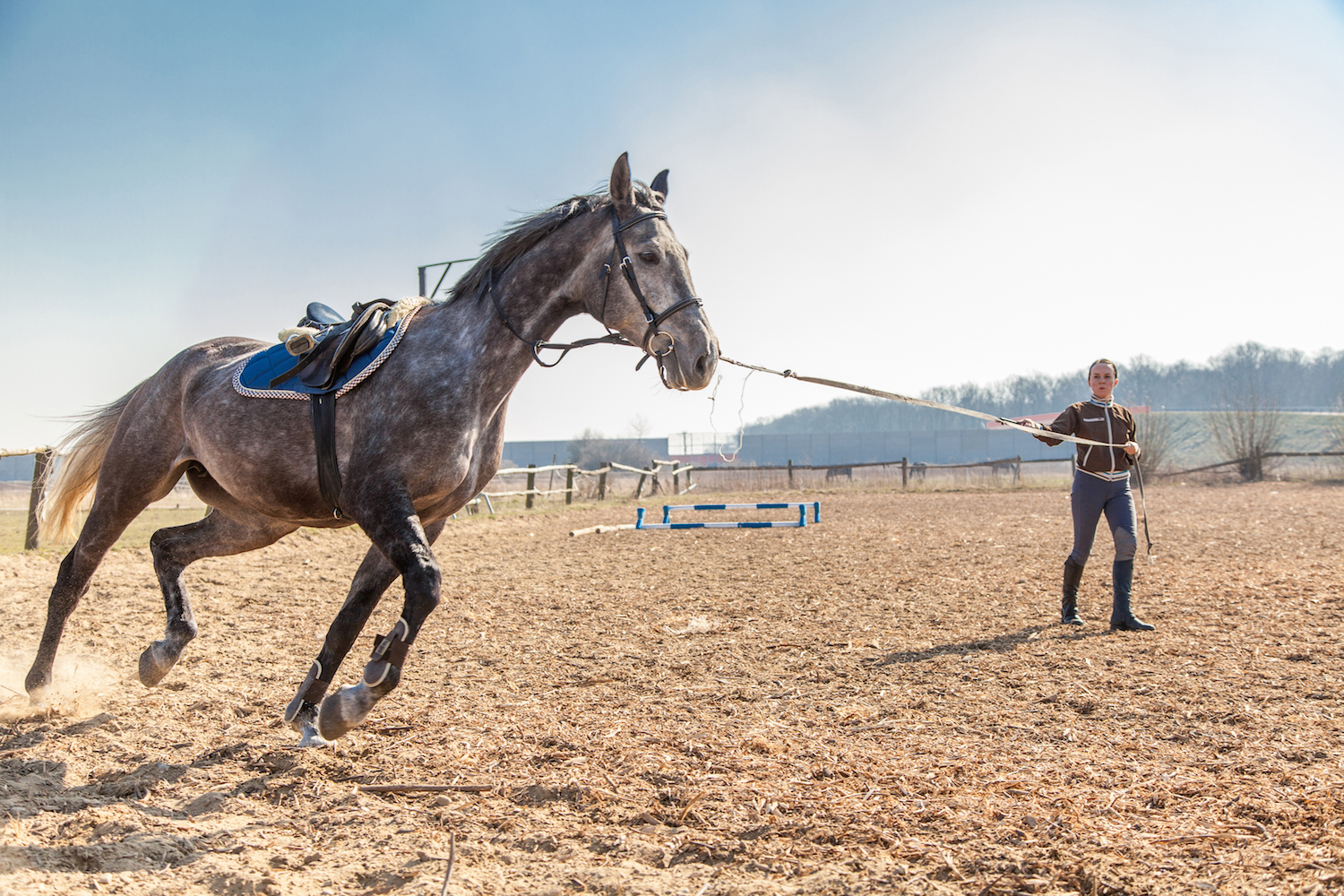Horses have been integral to human history for thousands of years, serving as transportation, companions, and athletes. One of the most fascinating aspects of these majestic animals is their ability to run long distances. The question of how long a horse can run is a complex one, influenced by factors such as breed, training, and environmental conditions. In this article, we will explore the physical capabilities of horses, their historical significance as long-distance runners, and the modern understanding of their endurance.
The Anatomy of a Long-Distance Runner

Horses are natural-born runners, with a physiology that is uniquely suited to sustained periods of exertion. Their large lung capacity and efficient cardiovascular system allow them to take in and utilize oxygen effectively, enabling them to maintain a steady pace over long distances. Additionally, their muscular build, particularly in the hindquarters, provides the power and propulsion necessary for running.
Respiration and Circulation
The respiratory and circulatory systems of horses are finely tuned for endurance. Their large lungs and efficient oxygen exchange allow them to take in and utilize oxygen effectively, while their heart, which can weigh up to 2% of their body weight, pumps blood efficiently to their muscles, providing them with the necessary nutrients and oxygen to sustain prolonged exertion.
Muscle Structure
Horses possess a high percentage of fast-twitch muscle fibers, which are responsible for quick bursts of speed, as well as a significant amount of slow-twitch muscle fibers, which enable sustained endurance. This combination of muscle types allows horses to transition from a gallop to a steady canter, maintaining a consistent pace over long distances.
Skeletal Adaptations
Their skeletal structure also plays a crucial role in their ability to run long distances. The length and flexibility of their limbs, combined with their unique hoof design, absorb the impact of each stride, reducing the risk of injury and fatigue. Furthermore, their efficient energy storage and release in the tendons and ligaments enable them to maintain their pace without excessive strain on their muscles.
The History of Long-Distance Running

The ability of horses to cover vast distances at a sustained pace has been a crucial factor in human history. From ancient civilizations to modern times, horses have been used for transportation, communication, and warfare. The concept of endurance riding, covering long distances in a single journey, has been a part of human culture for centuries, with horses as the primary mode of transport.
Ancient Civilizations
In ancient times, the ability of horses to cover long distances played a pivotal role in the expansion of empires and the exchange of goods and information. Civilizations such as the Mongols, with their legendary mounted cavalry, utilized the endurance of their horses to conquer vast territories, covering hundreds of miles in a single day.
The Role of the Arabian Horse
The Arabian horse, known for its endurance and stamina, has played a significant role in shaping the history of long-distance running. Bred by the Bedouin tribes of the Arabian Peninsula, these horses were prized for their ability to cover long distances in harsh desert conditions, becoming valuable assets in trade and warfare across the Middle East and beyond.
Modern Endurance Riding
In the modern era, endurance riding has emerged as a popular equestrian sport, showcasing the remarkable endurance of horses. Competitions can cover distances of up to 100 miles in a single day, testing the physical and mental capabilities of both horse and rider. These events highlight the natural athleticism and endurance of horses, as well as the importance of proper training and care to ensure their well-being.
Factors Affecting Long-Distance Running

While horses are capable of impressive feats of endurance, several factors can influence their ability to run long distances. Understanding these factors is essential for ensuring the well-being and performance of the horse.
Breed
Different horse breeds have varying levels of natural endurance. Breeds such as the Arabian, Akhal-Teke, and Thoroughbred are known for their exceptional stamina, while draft breeds, which are bred for pulling heavy loads, may not possess the same level of endurance.
Training
Proper training plays a crucial role in developing a horse’s endurance. Gradual conditioning, including building up the horse’s cardiovascular and muscular strength, is essential for preparing them for long-distance running. Additionally, training should include exposure to varied terrain and environmental conditions to promote adaptability and resilience.
Nutrition and Hydration
Adequate nutrition and hydration are essential for maintaining a horse’s stamina during long-distance running. A well-balanced diet, supplemented with electrolytes and hydration, is necessary to support the horse’s energy expenditure and prevent fatigue and dehydration.
Environmental Conditions
The environment in which a horse is running can significantly impact its endurance. Factors such as temperature, humidity, and altitude can affect a horse’s ability to regulate its body temperature and oxygen intake, influencing its performance over long distances.
Modern Understanding of Equine Endurance

Advancements in veterinary science, nutrition, and training have provided valuable insights into the physiological and psychological factors that contribute to a horse’s endurance.
Veterinary Care
Regular veterinary check-ups and monitoring are essential for maintaining a horse’s health and well-being, particularly when engaging in long-distance running. Skilled veterinarians can assess a horse’s fitness, address any potential health issues, and provide guidance on training and conditioning programs.
Nutritional Science
Research in equine nutrition has led to a better understanding of the dietary requirements for horses engaged in endurance activities. Tailored feeding programs, incorporating the right balance of carbohydrates, fats, proteins, vitamins, and minerals, contribute to the overall health and performance of the horse.
Training Methods
The development of evidence-based training methods has revolutionized the preparation of horses for long-distance running. Techniques such as interval training, hill work, and cross-training have been shown to enhance a horse’s cardiovascular fitness, muscular strength, and mental resilience, preparing them for the demands of endurance riding.
The Ultimate Test of Endurance

One of the most renowned tests of equine endurance is the Tevis Cup, an annual 100-mile endurance ride that traverses the rugged terrain of the Sierra Nevada mountains in California. The event, first held in 1955, challenges both horse and rider to navigate steep climbs, rocky trails, and extreme weather conditions, showcasing the remarkable capabilities of endurance horses.
The Tevis Cup Legacy
The Tevis Cup has become a symbol of the indomitable spirit of the endurance horse, attracting participants from around the world to test their mettle in one of the most grueling endurance rides. The event celebrates the partnership between horse and rider, as they work together to conquer the formidable course, highlighting the bond and trust that underpins successful long-distance riding.
The Bond Between Horse and Rider
Long-distance running with a horse is not just a physical feat but also a testament to the deep connection and trust between the horse and rider. The mutual understanding and communication between the two partners are essential for navigating the challenges of a long-distance ride, fostering a bond that transcends mere athleticism.
Interested in learning more about horses and their capabilities? Check out our articles on how long a horse can go without water, how long a horse can pull a carriage, and how far a horse can travel in a day for fascinating insights into the world of equine endurance!
Conclusion
The question of how long a horse can run is a multifaceted inquiry that encompasses both the physical capabilities of the horse and the historical, cultural, and modern contexts in which equine endurance is celebrated and tested. From the remarkable anatomical adaptations that enable horses to sustain long distances to the historical significance of their endurance in shaping human civilizations, the long-distance running capabilities of horses continue to captivate and inspire. As our understanding of equine physiology and care advances, so too does our appreciation for the remarkable capabilities of these majestic animals.



